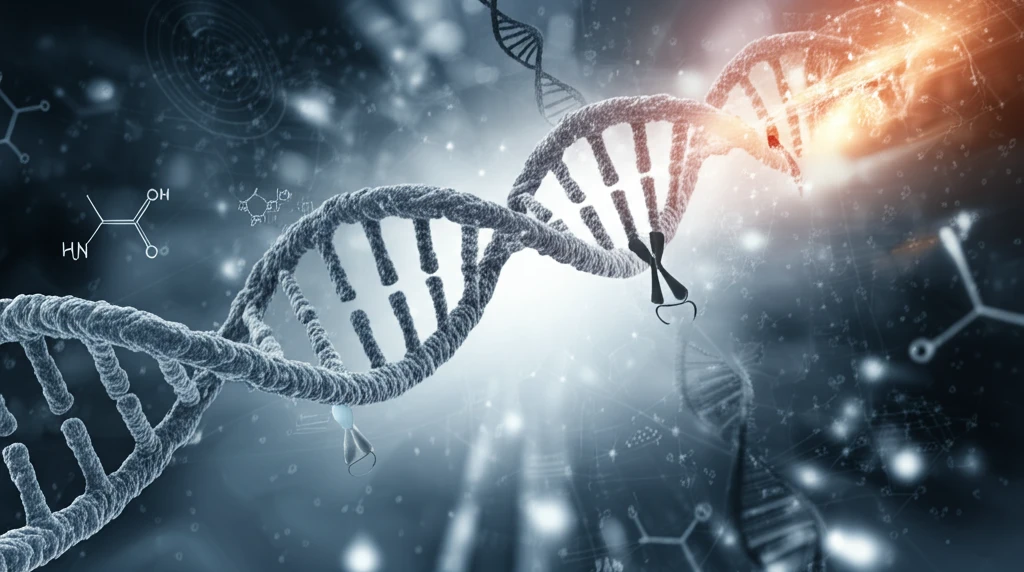
Unlocking the Code: How Targeting Histone Modifications Could Revolutionize Leukemia Therapy
"New research highlights the potential of epigenetic drugs in treating acute myeloid leukemia (AML), offering hope for more effective and personalized treatments."
Acute myeloid leukemia (AML) is a complex and aggressive cancer of the blood and bone marrow, characterized by a diverse array of genetic and epigenetic alterations. These changes drive the uncontrolled growth of myeloid progenitor cells, leading to significant biological and clinical heterogeneity among patients. While traditional chemotherapy has been the mainstay of treatment, advances in genomic technologies have revealed the intricate landscape of AML, paving the way for more targeted therapies.
One of the most promising avenues in AML research is the exploration of epigenetic modifications, particularly those affecting histone proteins. Histones play a crucial role in DNA packaging and gene regulation, and alterations in histone modifications can lead to aberrant gene expression patterns that contribute to leukemia development. Scientists are particularly interested in histone methyltransferases and demethylases, enzymes that add or remove methyl groups from histone tails, respectively.
This article delves into the exciting field of epigenetic therapy for AML, focusing on the potential of targeting histone methyltransferases and demethylases. We will explore the key proteins involved in these processes, the inhibitors that have shown promise in clinical trials, and the potential for these innovative strategies to revolutionize leukemia treatment and improve patient outcomes.
The Epigenetic Landscape of AML: Targeting Histone Modifications

Epigenetic modifications, such as histone methylation, play a crucial role in regulating gene expression and maintaining normal cellular function. In AML, these modifications are often disrupted, leading to aberrant gene expression patterns that drive leukemogenesis. Several key genes involved in DNA methylation and histone methylation have been identified as frequent targets of genetic alterations in AML, making them attractive therapeutic targets.
- DOT1L Inhibitors: Disrupt H3K79 methylation, crucial for MLL-rearranged leukemias.
- LSD1 Inhibitors: Target histone demethylation, affecting gene expression.
- Menin Inhibitors: Interfere with MLL protein interactions, impacting leukemic processes.
Future Directions: Personalizing Epigenetic Therapy in AML
The journey to harness the power of epigenetic modifications in AML therapy is just beginning. As our understanding of the complex interplay between genetic and epigenetic factors deepens, we can expect to see more refined and personalized treatment strategies emerge. By combining epigenetic drugs with other targeted therapies and chemotherapy, and by developing novel inhibitors with improved potency and specificity, we can strive towards a future where AML is a more manageable and curable disease. The potential for epigenetic therapy to revolutionize AML treatment is immense, offering new hope for patients and a brighter future for those affected by this devastating disease.
